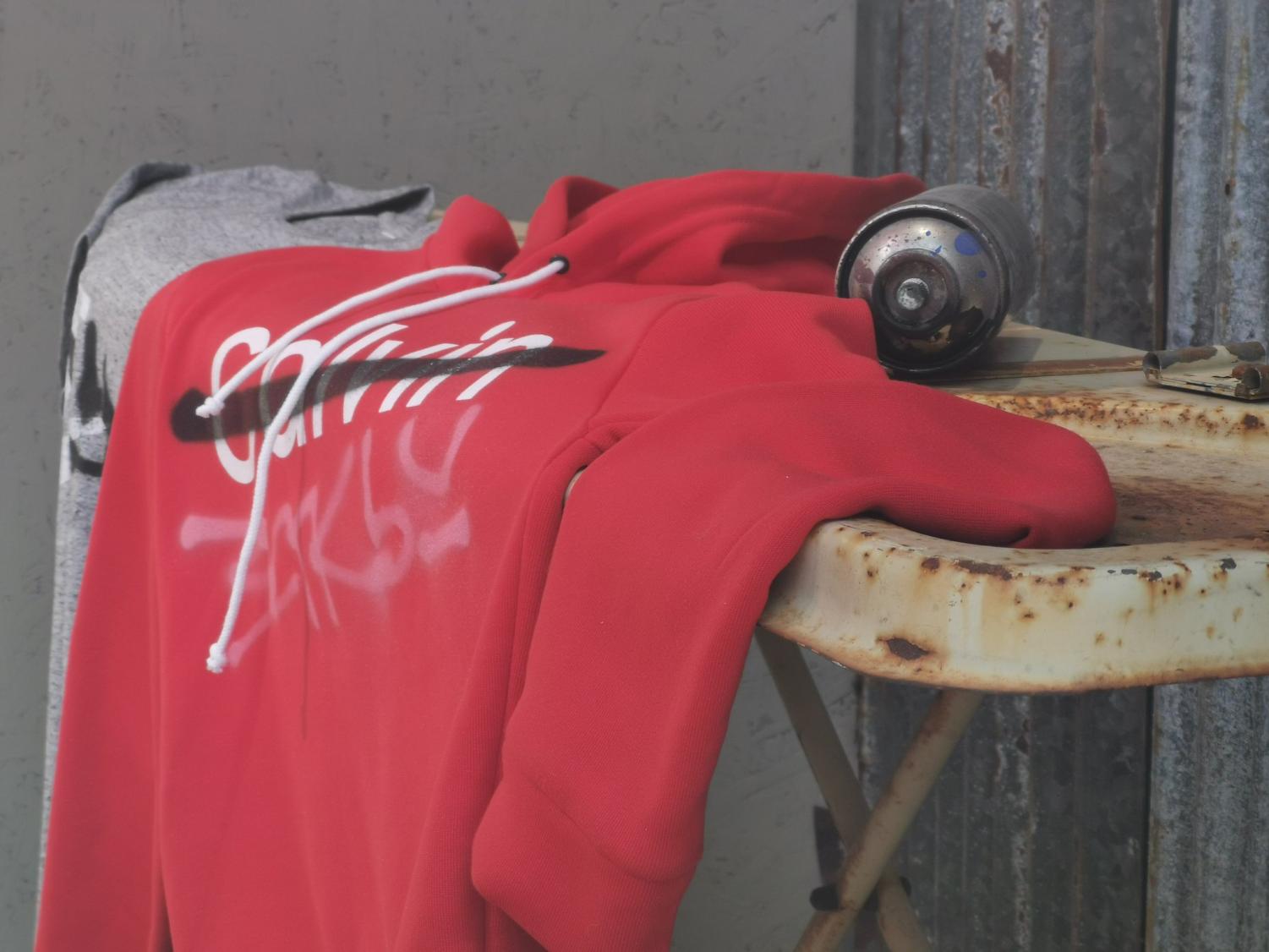Editorial Explainer: What is Fast Fashion?
March 23, 2021
We all have heard of the phrase “Fast Fashion,” but do we really know what this phrase truly entails?
We live in a society where trends change day by day. Pinterest, Instagram, VSCO, and Twitter all can make a certain piece of clothing blow up over night. Then, we walk into a mall a week later with the latest fashion trends just a swipe of a credit card away. How did these pieces show up in the stores so fast? Where are they coming from? How are the prices so cheap? That’s what we are going to explore today.

Fast Fashion is, “an approach to the design, creation, and marketing of clothing fashions that emphasizes making fashion trends quickly and cheaply available to consumers,” said Merriam Webster. This may not sound that bad to you, but we are going to focus in on two words from this definition. Those words are Cheap & Quickly.
The New York Times said, “Fast-fashion brands may not design their clothing to last (and they don’t), but as artifacts of a particularly consumptive era, they might become an important part of the fossil record.” The products are made with materials that are inexpensive and won’t decay when they end up in landfills over time. Brands like Forever 21, H&M, and Zara make their clothing cheap so they can sell it for a price teens would want to spend.
Consumers buy the product, wear it until the trend is over, get rid of the clothing, and then purchase the next trend that arrives. This process gets repeated over and over again by millions of people.
“The environmental effects of fast fashion are well-documented: The apparel industry is a major source of water pollution and greenhouse gas emissions worldwide,” said The Washington Post. With Climate Change already being a problem in the world, shoppers have begun to shift to a more sustainable mindset.
This year, social media has cancelled many fast fashion brands, and have spread awareness on the impact fast fashion brands have on the environment, and especially people’s lives.
The way these brands get new trends made so quickly is, for example, “In Bangladesh, sewing-machine operators frequently toil for 100 hours or more a week, only to run out of money before the end of the month,” said Vox.
Many of the people making the clothing are in sweatshops getting paid very low wages, working in an unsafe space, and getting treated very badly.
“Accidents, fires, injuries, and disease are very frequent occurrences on textile production sites. On top of that, clothing workers regularly face verbal and physical abuse,” said SustainyourStyle.org.
The way the workers are treated is inhumane, but many members of today’s society don’t realize where the clothing they purchase is coming from.
Thanks to social media though, more and more consumers have learned what brands buyers should be supporting. Apps like TikTok and Instagram have exposed fast fashion brands like Zara and H&M, and have given examples of other brands buyers could support instead.
Linked is a list of 35 brands, these brands buyers can trust are making their clothing ethically. All you have to do is join the current trend of avoiding Fast Fashion brands, and supporting brands that are working hard to make their clothing the right way.


